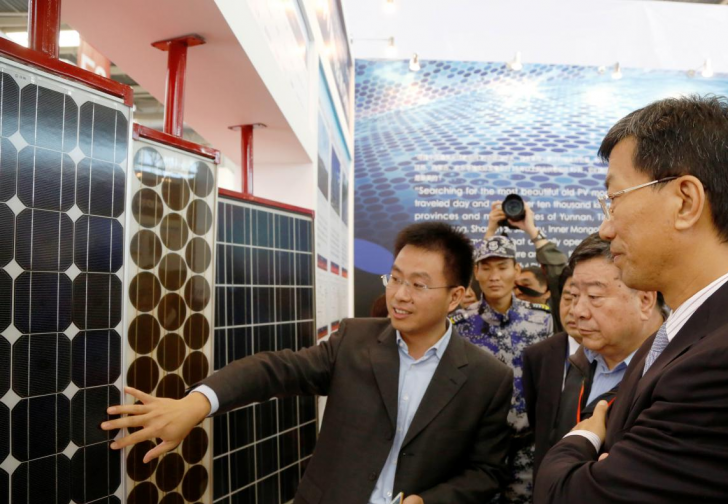Three types of photovoltaic modules problem detection methods to quickly collect it
Release time:
2019-04-10
Three types of photovoltaic modules problem detection methods to quickly collect it Photovoltaic modules are the core components of photovoltaic power generation, in order to normal operation of photovoltaic power generation, it is necessary to inspect and maintain the components of photovoltaic power plants. The common problems of photovoltaic modules are: hot spots, cracks and power attenuation. Because these quality problems are hidden inside the battery board or occur after the photovoltaic power station has been in operation for a period of time, it is difficult to identify when the battery board enters the site for acceptance, and professional equipment is needed for photovoltaic module detection. Causes of Hot Spot Formation and Detection Method of Photovoltaic Modules Photovoltaic module hot spot refers to the module in the sun, because some of the cells are blocked can not work, so that the temperature of the covered part is much larger than the uncovered part, resulting in high temperature burning dark spots. The formation of hot spots in photovoltaic modules is mainly composed of two internal factors, namely, the internal resistance and the dark current of the cell itself. The hot spot durability test is a photovoltaic module detection test to determine the ability of the solar cell module to withstand the hot spot heating effect. Through the reasonable time and process to test the photovoltaic cell module, to show that the photovoltaic cell can be used for a long time under the specified conditions. Hot spot detection can be detected by infrared thermal imager, which can use thermal imaging technology to display the temperature and its distribution of the measured target in a visible thermal map. Causes of Crack Formation and Detection Methods of Photovoltaic Modules Crack refers to the small cracks in the battery chip, the battery chip crack will accelerate the battery chip power attenuation, affecting the normal service life of the component, while the battery chip crack will expand under mechanical load, may lead to open circuit damage, crack may also lead to hot spot effect. The occurrence of cracking is due to the joint action of many reasons, the uneven force of the components, or the severe jitter in the process of transportation and transportation may cause the cracking of the battery. Photovoltaic modules will be tested by EL imaging before leaving the factory, and the instrument used is EL detector. The instrument uses the principle of electroluminescence of crystalline silicon, and uses a high-resolution CCD camera to capture the near-infrared image of the component to obtain and determine the defects of the component. The EL detector can detect whether the photovoltaic cell module has hidden cracks, fragments, virtual welding, broken grid and abnormal phenomena of single-chip cells with different conversion efficiency. Three types of photovoltaic modules problem detection methods to quickly collect it

Related News

Scan Access Mobile Edition
Jiangsu Hongde Technology Development Co., Ltd.
Address: High-tech Industrial Development Zone, Gaoyou City, Jiangsu Province, China
Domestic business-PV division:0514-84241968
Overseas Business-Photovoltaic Business Department:0086-514-84228968
Mailbox:baodelights@yahoo.com
Copyright: Jiangsu Hongde Technology Development Co., Ltd

